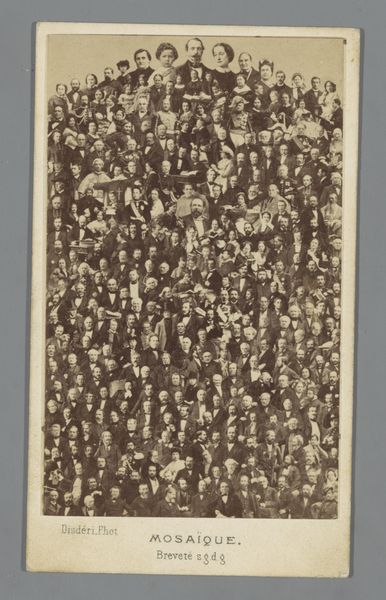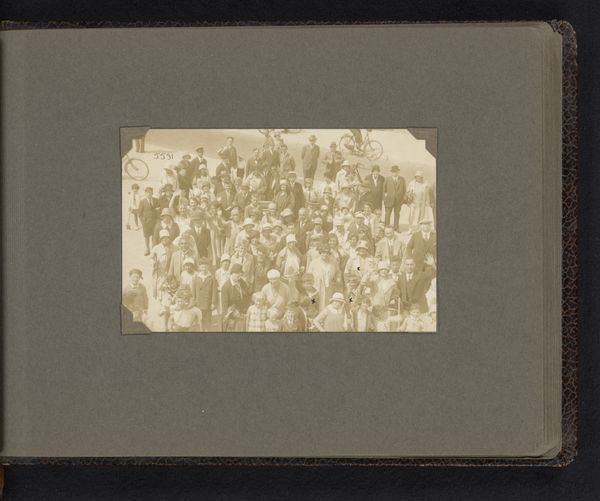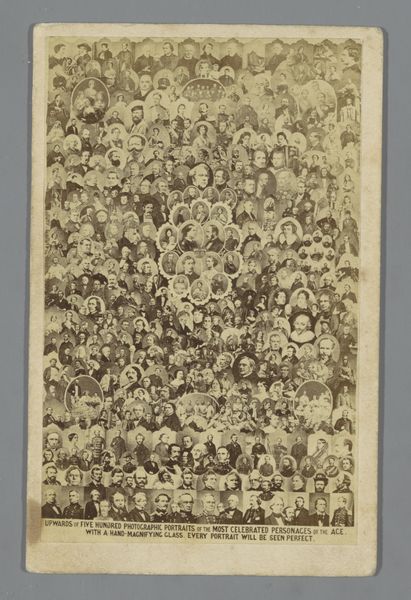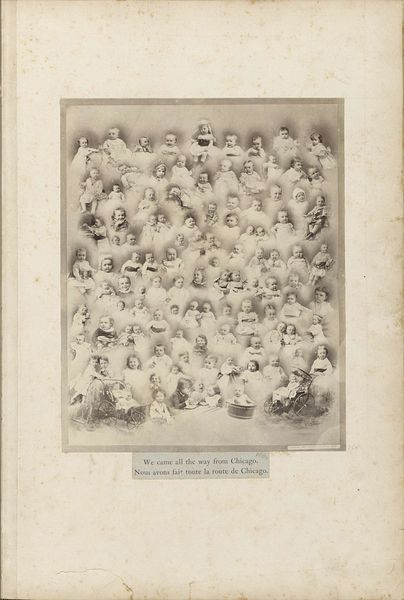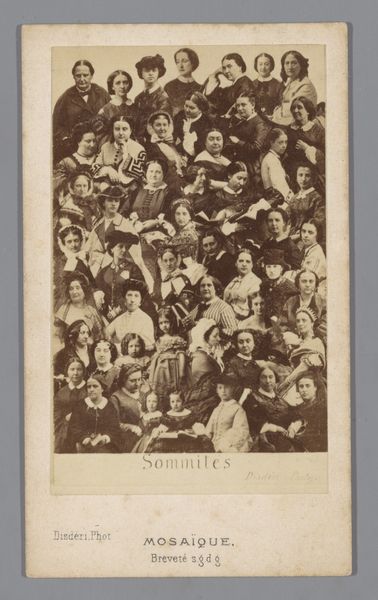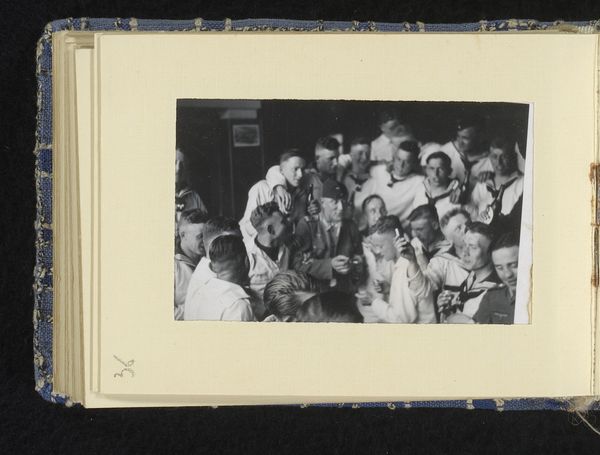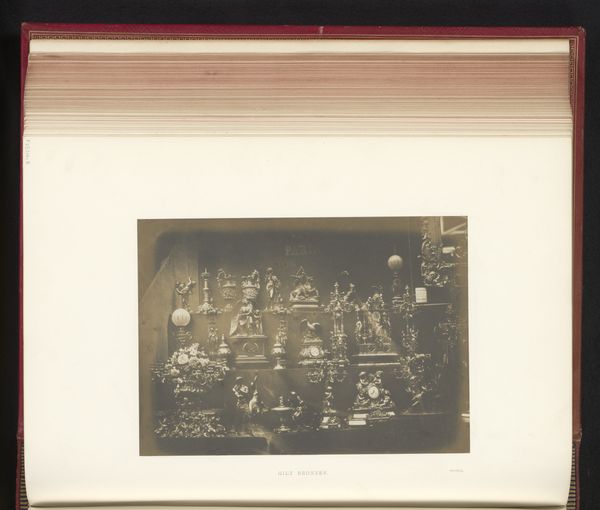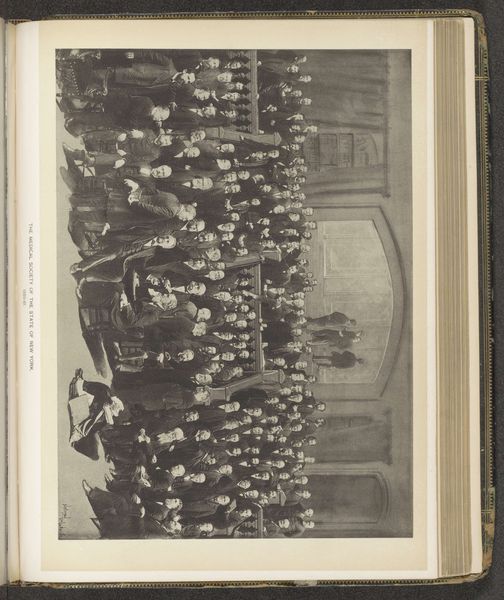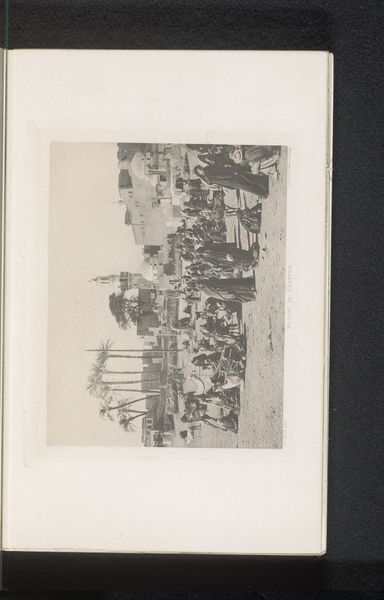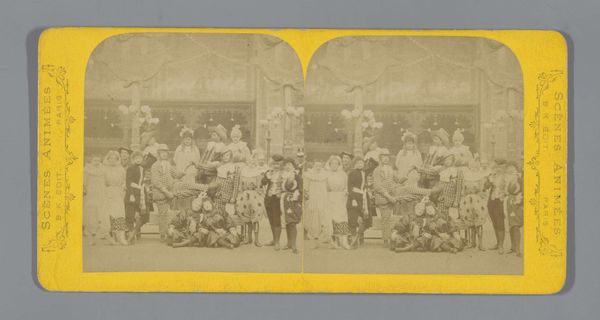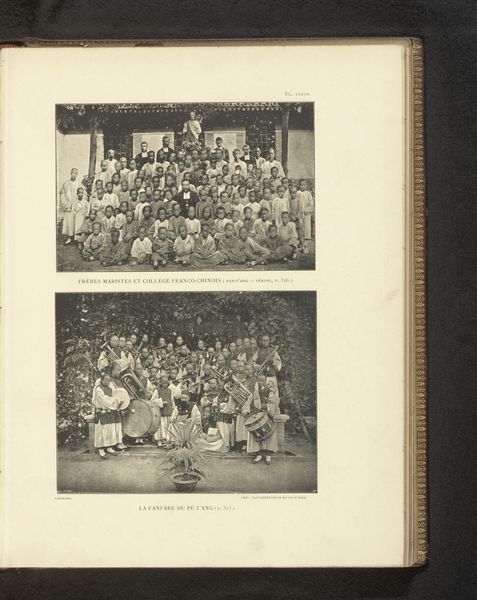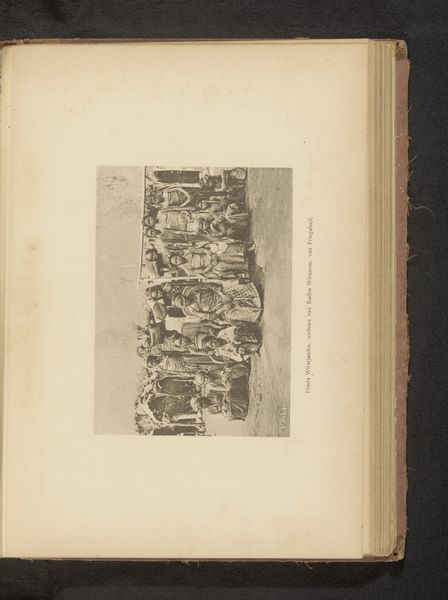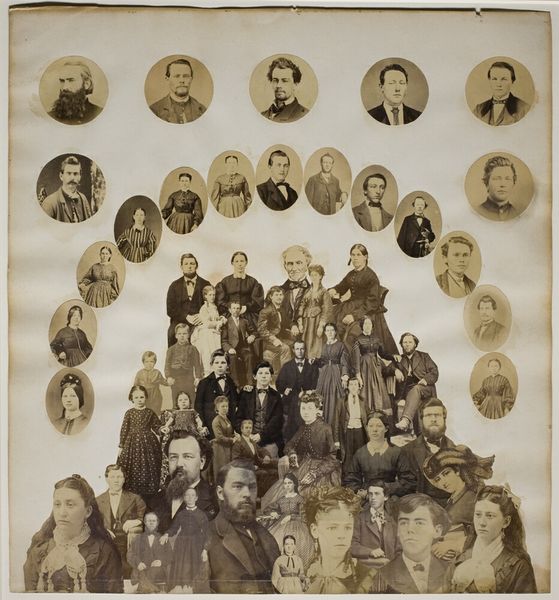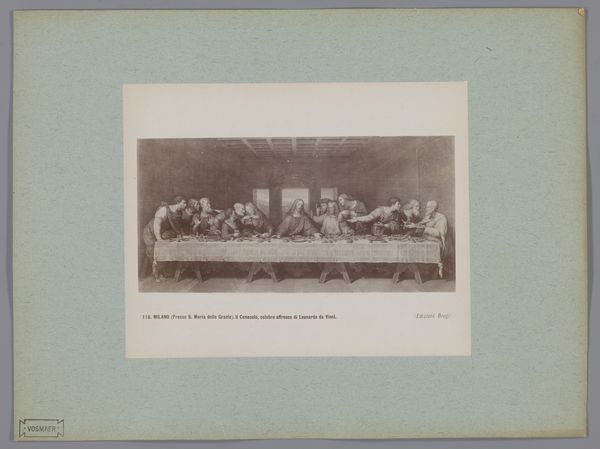
print, daguerreotype, photography
#
portrait
# print
#
daguerreotype
#
photography
#
group-portraits
#
academic-art
#
monochrome
Dimensions: height 418 mm, width 258 mm
Copyright: Rijks Museum: Open Domain
Curator: Looking at "Collage met 169 pausen," a photographic print estimated to be from the late 19th century, one immediately confronts a very dense assembly of figures. Editor: My first thought is about the labor that went into producing this! Just consider the processes involved. The photographers capturing these portraits, developing them...it's immense! Curator: Indeed, especially when contextualized by the institutional forces driving its creation. Think of the social implications! This image, likely commissioned, becomes a symbol of papal authority and the Catholic Church’s global reach during a period of shifting political landscapes in Europe. Editor: Let's unpack the materiality a bit. As a print made from daguerreotypes, this work likely used metal plates coated with light-sensitive chemicals. Seeing those early photographic methods reminds you of just how crafted this image actually is. Every copy, even as a printed reproduction, retains a connection to that labor-intensive origin. Curator: And the act of assembling so many individual portraits into a unified "group portrait" speaks volumes about image-making as a tool for power and representation. Who was included, and who wasn't, also shapes our understanding of its intent. The historical value is tied directly to these politics of image. Editor: Precisely. You begin to wonder, who got paid, what were their rates, how much influence did it have over public opinion. That kind of thing really determines if photography serves some goal or offers new understandings. Curator: Well said! In conclusion, analyzing both its social construction and materials of construction unlocks greater awareness of photographic images. Editor: A worthwhile insight on how to observe images both at a remove, in context, and more close up to really learn something about its function in culture and society.
Comments
No comments
Be the first to comment and join the conversation on the ultimate creative platform.
